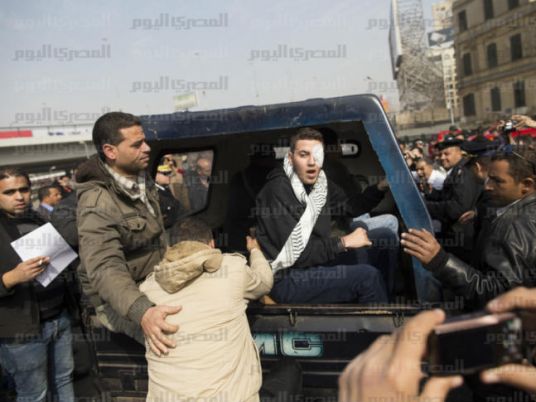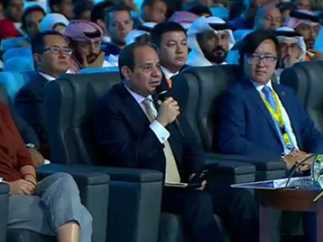A report issued by the semi-official National Council for Human Rights (NCHR) on Tuesday said that the clashes that took place in Cairo on 28 and 29 June were "orchestrated".
The clashes erupted between protesters and Central Security Forces (CSF) in Cairo’s Tahrir Square, with protesters throwing rocks and Molotov cocktails, while the CSF fired multiple rounds of tear gas and buckshot, injuring hundreds. The incident sparked demands for the sacking of Interior Minister Mansour al-Essawy.
News reports said that family members of those killed had clashed with the CSF following the postponement of the trial of several officers accused of killing the protesters during the 25 January revolution that toppled deposed President Hosni Mubarak.
According to the report, the NCHR’s fact-finding committee came to the conclusion that the way in which the confrontation unfolded confirmed that “it was pre-arranged by someone, and that the family members of the martyrs and those injured had reacted instinctively.”
The committee explained that it came to this conclusion after it confirmed the presence of trucks carrying no license plates, which were used to transfer stones to the sites of the clashes. It went on to say that an unnecessary confrontation was started at a ceremony honoring some of the martyrs’ families at the Balloon Theater.
The clashes broke out between theater staff and some people who attempted to break into the theater, claiming to be family members of those killed during Egypt's uprising.
The committee said: "The intrusion into the theater, the acts of sabotage and the attempt to draw protesters seeking their rights from outside Maspero to the site of the events was unjustifiable."
The committee also said the police used excessive force by firing a large number of tear gas canisters, disproportionate to the number of protestors, as well as the use of shotguns, which led to the high number of casualties.
The committee noted in its findings that the police arrested some citizens while they were being given first aid, which together with the police’s use of excessive force, angered people and lead to large numbers of them joining the protesters.
The committee went on to say that a number of organized gangs appeared among the protestors were leading the violence. They were armed with bladed weapons and Molotov cocktails, and some of them were dressed in similar outfits, said the report.
The committee recommended speedy, just and public trials for those accused of the murder and wounding of protestors during the revolution.
Translated from the Arabic Edition




